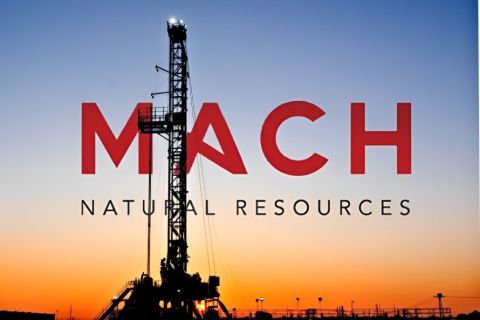
While speaking at Hart Energy's recent DUG Eagle Ford conference Raymond James associate analyst Cory Garcia said that for the condensate export market to grow, more clarity on the federal government's definition of condensate would be necessary. Source: Hart Energy.
When it comes to simple basis differentials such as the infrastructure of pipelines and roadways in and out of the Eagle Ford, some folks might say that the enigmatic play is relatively predictable.
“They have kept the horse in front of the cart in many instances,” Raymond James associate analyst Cory Garcia said recently at Hart Energy’s 2014 DUG Eagle Ford conference. “They have two million barrels per day of pipeline capacity. Whether it’s heading down to Corpus Christi or to Houston, you just haven’t seen the gluts that you’ve seen in a lot of different basins.”
But it’s when the condensate discussion heats up in Washington, DC and across plays throughout North America that the South Texas region takes on new and interesting questions about how it can serve places that lack infrastructure.
“From a pricing standpoint, we’re still focused on condensate: how to handle it, and the infrastructure and pricing as it’s going forward,” he said, explaining that federal regulators haven’t provided concise parameters on how condensate differs from crude. “We still need some definition constraints, particularly when we’re talking about crude exports, or condensate exports, longer term.”
But what makes condensate such a big deal, anyway, for midstream and refining folks? It’s the fact that it’s such a growing piece of the puzzle, Garcia said.
“We can see for the prior 10 years, pretty steady [production of condensate] at 500,000 barrels per day. This is U.S. condensate production, not just Eagle Ford. But obviously, the Eagle Ford is the primary driver of this growth. We’re forecasting by 2020 overall condensate production could exceed 2 million barrels a day. Arguably, two-thirds to three-quarters of that is going to come out of the Eagle Ford, so trying to handle that amount of volume growth─what is still deemed to be a different type of crude─is going to be interesting to watch over time,” he said. “The unknowns have dominated the conversation.”
In addition, Garcia said, “A lot of the cokers and a lot of the infrastructure that has been built on the Gulf Coast is [designed] to handle heavy sour crude from Venezuela, Saudi Arabia and Canada. So they weren’t adequately suited to run light sweet crude, which is your typical sort of 40 API gravity, let alone 45+ like you see in the Eagle Ford. The third point is just the sheer amount of variability between different fields, between even two miles in different fields.”
A refiner looks at things in terms of stability, Garcia said. “It’s manufacturing business to its core; you impact the yields of a refinery when you impact the crude slate, when you drive different crudes from it. They won’t necessarily admit today they run a lot of condensate because a lot of the barrels that come to their door are blended barrels. They add a little bit of condensate with something that’s sub-40 [API gravity] to get an optimal quality. But the refinery appetite is something very much to keep an eye on: how are they going to handle, not just crude, but condensate over the next several years.”
Deon Daugherty can be reached at ddaugherty@hartenergy.com or 713-260-1065.
Recommended Reading
Beyond Energy: EnergyNet Expands Marketplace For Land, Real Assets
2024-09-03 - A pioneer in facilitating online oil and gas A&D transactions, EnergyNet is expanding its reach into surface land, renewables and other asset classes.
FTC Oks Chevron-Hess Deal, Bans John Hess from Board
2024-09-30 - Federal regulators signed off on a blockbuster tie-up between Chevron and Hess Corp. but banned CEO John Hess from sitting on the Chevron board.
Coterra Eyes Wolfcamp D, Penn Shale Upside with $3.95B Permian M&A
2024-11-15 - With $3.95 billion in Permian M&A, Coterra is adding new Delaware Basin locations in the Bone Spring, Harkey and Avalon benches—and eyeing upside from deeper zones.
Mach Units Fall 12% After Announcing Offering to Finance M&A Deals
2024-09-05 - Mach Natural Resources (MNR) units are trading down over 12% after announcing plans to sell 7.85 million common units to fund two pending acquisitions in the Midcontinent.
Exxon Seeks Buyers for Portion of Assets in North Dakota's Bakken Shale
2024-10-15 - The planned sale could fetch upwards of $500 million, two sources told Reuters. They said it was part of Exxon's efforts to focus on assets with the highest growth potential after a $60 billion takeover of rival Pioneer Natural Resources in May.
Comments
Add new comment
This conversation is moderated according to Hart Energy community rules. Please read the rules before joining the discussion. If you’re experiencing any technical problems, please contact our customer care team.




